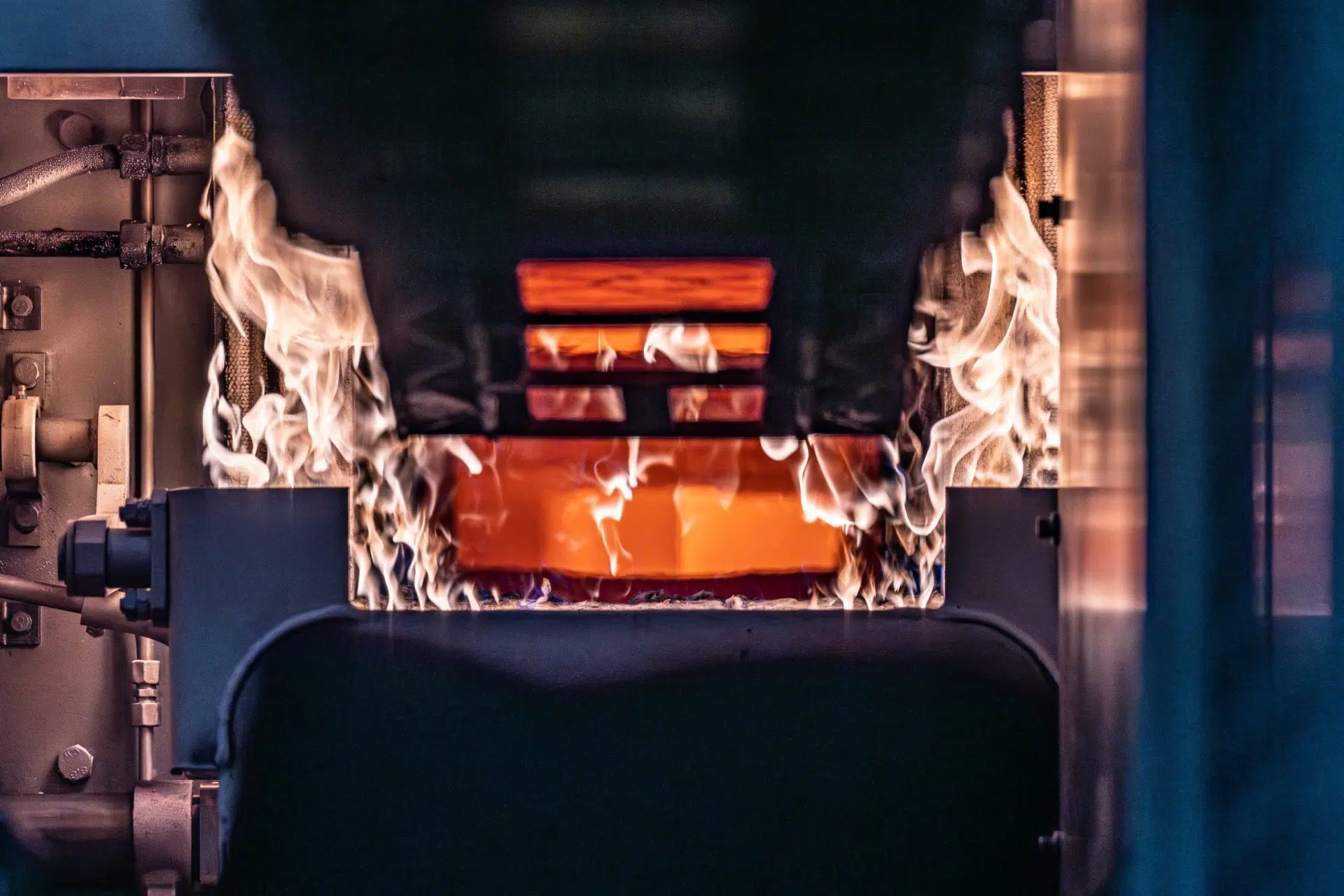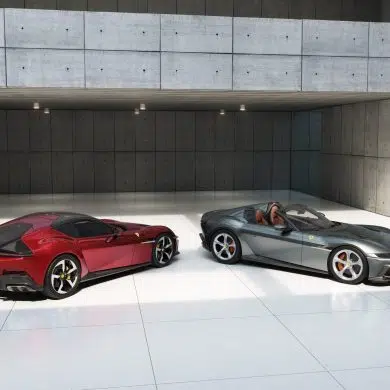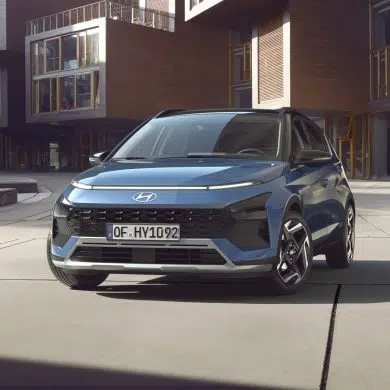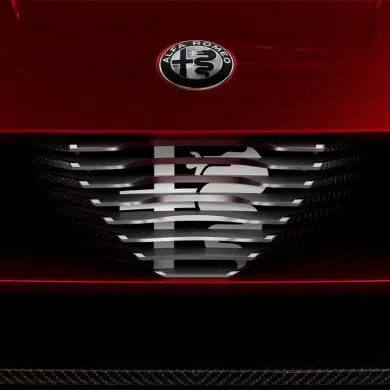For the first time, the production of chassis and components for driveline systems at the BMW Group's plant 02.10 in Dingolfing is operated with an electrically heated ring furnace. Compared to the corresponding conventional gas furnace, the latter electric furnace currently saves around 300 tonnes of CO2 per year.
"The new furnace has a planned service life of more than 40 years, so it is a future-oriented piece of equipment that sets the course on our journey to a zero carbon footprint," said Marc Sielemann, responsible for quality and production of drivelines, chassis and brakes together with the Purchasing Department and manager of the 02.10 components plant in Dingolfing. The BMW Group has set itself the goal of being climate-neutral across the entire value chain by 2050 at the latest.
The hardening furnace with innovative power-to-heat technology has been completed after an investment of around €7 million.
New hardening furnace for components e – drive
The 02.10 plant in Dingolfing produces chassis and drivetrain components for BMW, MINI and Rolls-Royce vehicles. To make them more durable, the components are hardened in special furnaces. As electric mobility gains ground, more and more components, including electric drive units, are being manufactured. The existing systems are gradually reaching the limits of their production capacity, so a new ring furnace with component hardening press was needed.
The innovative system used to harden gears for electric gearboxes has a production capacity of around 960,000 gears per year. It is worth noting that unlike the two existing furnaces, which are powered by natural gas - a fossil fuel - this new solution makes use of electricity for the first time. Instead of using 33 gas flames in ceramic-encased tubes, like the older model, the new furnace uses the same number of electric heating elements to develop a temperature of up to 900 degrees Celsius.
Lower emissions CO 2
Generating heat using electricity - or power-to-heat technology, as it is called - saves huge amounts of climate-damaging greenhouse gases. By running on electricity, the new curing oven emits around 300 tonnes less CO2 per year than the corresponding gas.
"Power-to-heat systems, such as this new electric ring furnace, support the decarbonisation of heat production - an essential element for climate protection. They generate heat by environmentally friendly means, and can be powered by, among other things, surplus energy from renewable sources," said Sielemann. Thus, the new furnace with power-to-heat technology not only reduces gas consumption at the Dingolfing plant, but also supports the integration of renewable energy sources into the power grid. This is another element of the transformation of the BMW Group's Dingolfing plant into a sustainable BMW iFACTORY. "For the future," said Sielemann, "we are looking at converting the remaining hardening furnaces to electric as well."








